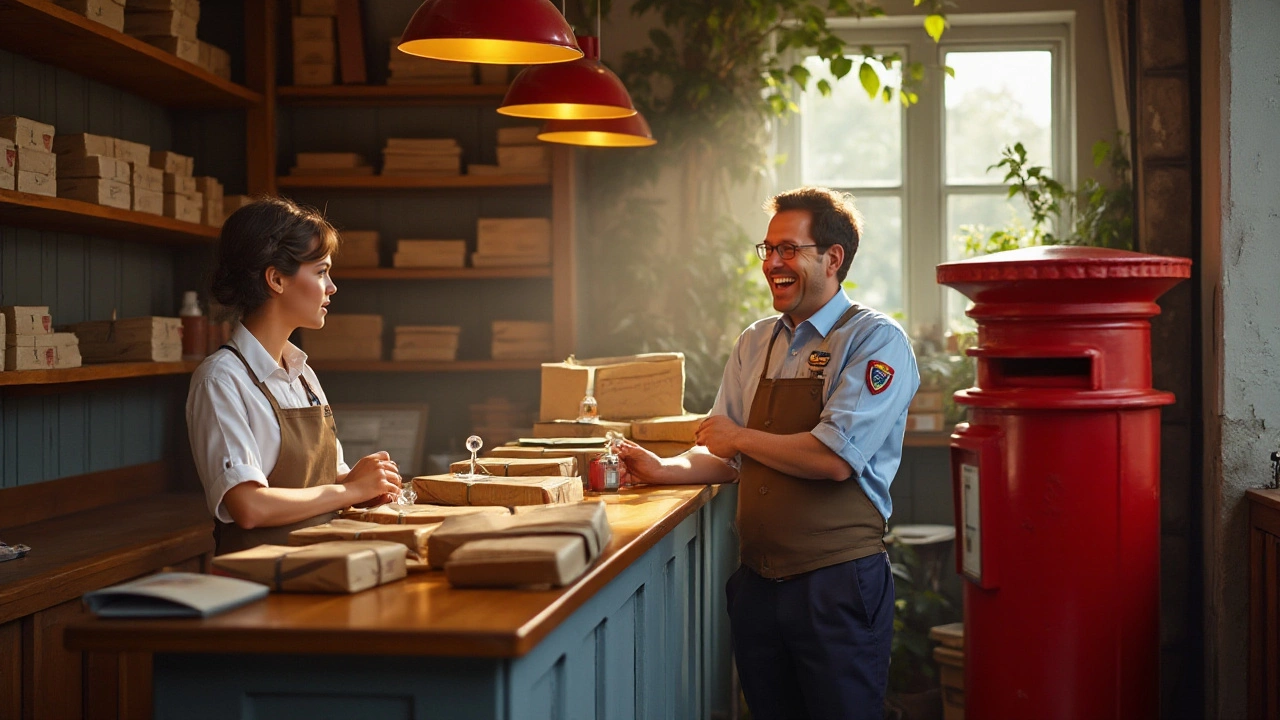Package Protection: Simple Ways to Keep Your Shipments Safe
Sending a box across town or across the globe can feel risky. You want your item to look the same when it lands as it did when it left. The good news is you don’t need a PhD in logistics to protect a package. A few easy steps can make a huge difference, whether you’re shipping a fragile vase or a stack of books.
Why Package Protection Matters
Every time a parcel changes hands, it gets tossed, dropped, or squeezed. Those little bumps add up and can turn a perfect product into a cracked mess. Damage not only costs you money in returns but also hurts your reputation if you sell online. By stacking a few protective layers, you lower the chance of a claim and keep customers happy.
Top Packing Techniques
Start with the right box. Choose a sturdy, corrugated box that gives a little room around the item—don’t overstuff it, but leave space for cushioning. Bubble wrap is a classic. Wrap your item snugly, then tape the wrap so it stays in place. For extra security, add packing peanuts or crumpled paper on all sides. If you’re sending something especially delicate, consider a double‑box method: place the wrapped item in a smaller box, then put that box inside a larger one with more cushioning between them.
Seal the box tightly. Use a strong packing tape and run it along all seams. A simple “X” pattern on the top and bottom helps keep the box closed during transit. Label the package clearly with the address and any special handling notes like “Fragile” or “This Side Up.” These stickers aren’t magic, but they give handlers a heads‑up.
Choose the right courier. Some services specialize in handling heavy or fragile items. Look up reviews or ask friends about their experiences. If you need fast delivery, compare overnight options from UPS, FedEx, USPS, and DHL. Knowing each carrier’s cut‑off times and insurance policies helps you pick the best fit for your item’s value.
Insure high‑value shipments. Most couriers offer optional insurance for a small fee. It’s worth the peace of mind if you’re sending something pricey. Keep the receipts and take photos of the packed box before you hand it over. Those pictures are handy if you need to file a claim later.
Track your parcel. Most carriers give you a tracking number that updates you on each checkpoint. If the package seems to stall, contact the carrier right away. Early action can sometimes reroute a delayed shipment or prevent loss.
Finally, think about the environment. Reuse sturdy boxes when you can, and choose recyclable packing materials. You’ll save money and reduce waste without sacrificing protection.
With these straightforward steps—right box, proper cushioning, careful sealing, smart courier choice, and tracking—you’ll boost the odds that your package arrives in perfect condition. Next time you ship, try out one or two new tricks and see the difference for yourself.
Delivery insurance coverage is vital for protecting your packages during shipping. Whether you are a small business owner or sending personal parcels, it's essential to understand what delivery insurance covers and how it works. This article explores key aspects of delivery insurance, provides tips for selecting the right coverage, and shares interesting facts. Learn how you can ensure your shipments are secure, minimizing losses and enhancing reliability.
Jan, 13 2025
